Is Israel’s Iron Dome impenetrable - and why have the US sent more air defences?
Israel says the Iron Dome air defence system shoots down around 90 per cent of rockets and drones fired by enemies
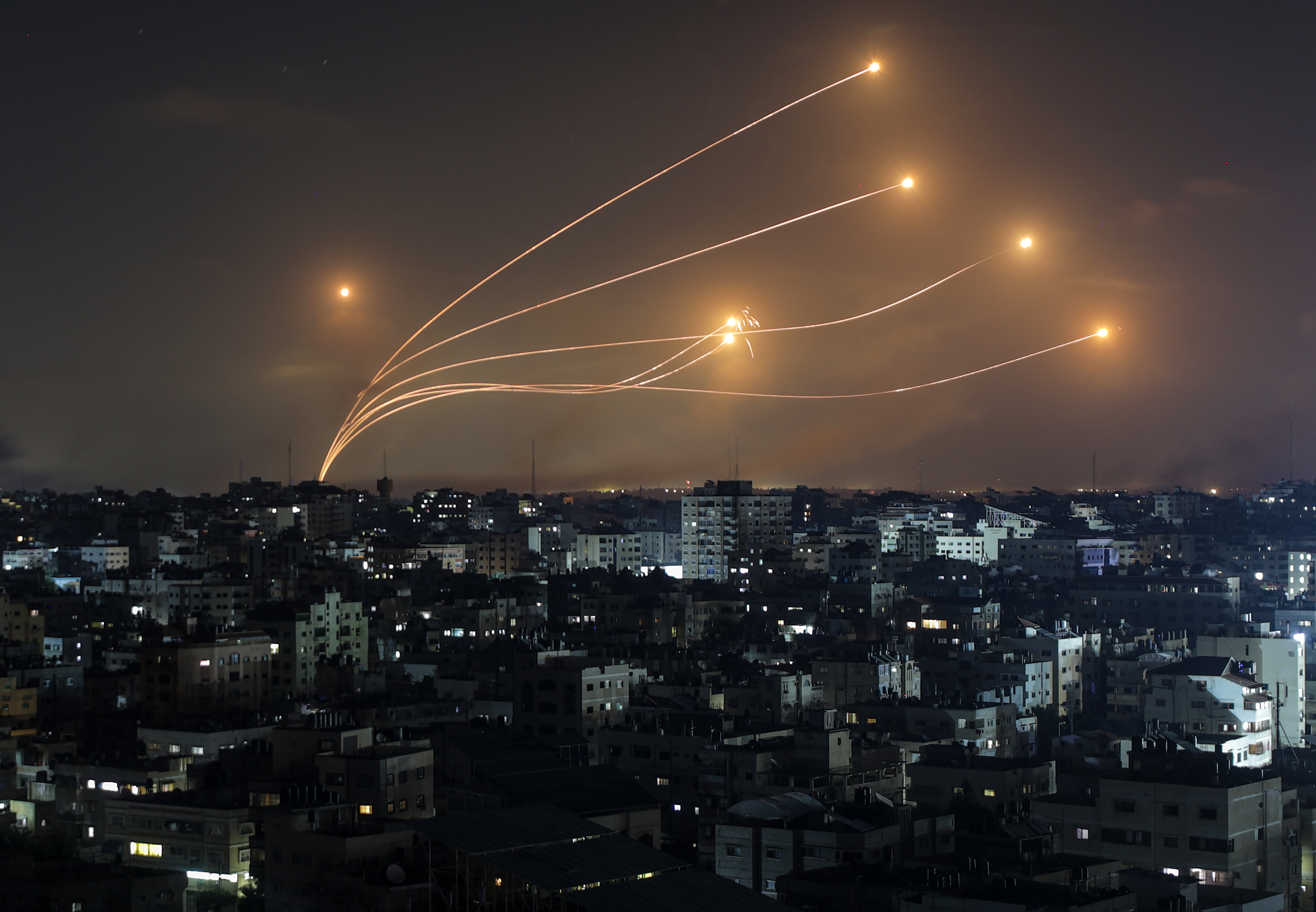
Your support helps us to tell the story
From reproductive rights to climate change to Big Tech, The Independent is on the ground when the story is developing. Whether it's investigating the financials of Elon Musk's pro-Trump PAC or producing our latest documentary, 'The A Word', which shines a light on the American women fighting for reproductive rights, we know how important it is to parse out the facts from the messaging.
At such a critical moment in US history, we need reporters on the ground. Your donation allows us to keep sending journalists to speak to both sides of the story.
The Independent is trusted by Americans across the entire political spectrum. And unlike many other quality news outlets, we choose not to lock Americans out of our reporting and analysis with paywalls. We believe quality journalism should be available to everyone, paid for by those who can afford it.
Your support makes all the difference.As the Middle East braces for Israel’s response to an unprecedented Iranian ballistic missile attack, the US has sent missiles to Israel to ensure any retaliation from Tehran does not cause significant damage.
Below, we look at Israel’s three-tiered air defence system to see how the country has been coping with attacks from Hamas, Hezbollah, the Houthis and Iran - and how it could defend against another assault from Tehran.
Is the Iron Dome impenetrable?
The Iron Dome, developed after the 2006 “Summer War” between Israel and Hezbollah, is the most battle-tested air defence system in the world. It is also the country’s most famous, though it is only one of three tiers of air defence.
For years it has shot down short-range rockets and drones fired at Israel mainly from the Gaza Strip and southern Lebanon.
And in the past year, more than 20,000 rockets and missiles have been fired at Israel over the past year from Gaza and Lebanon alone, according to official Israeli figures.
While most of the missiles will be intercepted by separate tiers of Israel’s air defence systems, the lion’s share of the work has been carried out by the Iron Dome.
The Israeli military has previously claimed that the Iron Dome destroys around 90 per cent of the rockets it targets. The air defence missiles it uses, known as “Tamirs”, cost around $50,000 (£38,200) each.
There are Iron Dome batteries sited across Israel. Each battery is made up of three or four launchers, each containing 20 interceptor missiles.
What is David’s Sling and the Arrow system?

The second tier of Israel’s air defence system is known as “David’s Sling”, called “Magic Wand” in Hebrew.
While the Iron Dome can target hostile projectiles up to 70 km (43 miles) away, and at an altitude of 10 km, David’s Sling is focused on downing longer-range rockets, cruise missiles and medium-range or long-range ballistic missiles up to 300 km away, and at an altitude of 15 km.
It started operating in 2017 and was jointly developed by Israel’s Rafael Advanced Defense Systems and the US company Raytheon.
It was used in September this year to shoot down a ballistic missile fired by Hezbollah from Lebanon.
The Arrow systems, known as Arrow 2 and Arrow 3, are aimed at intercepting larger ballistic missiles from a considerably longer distance away.
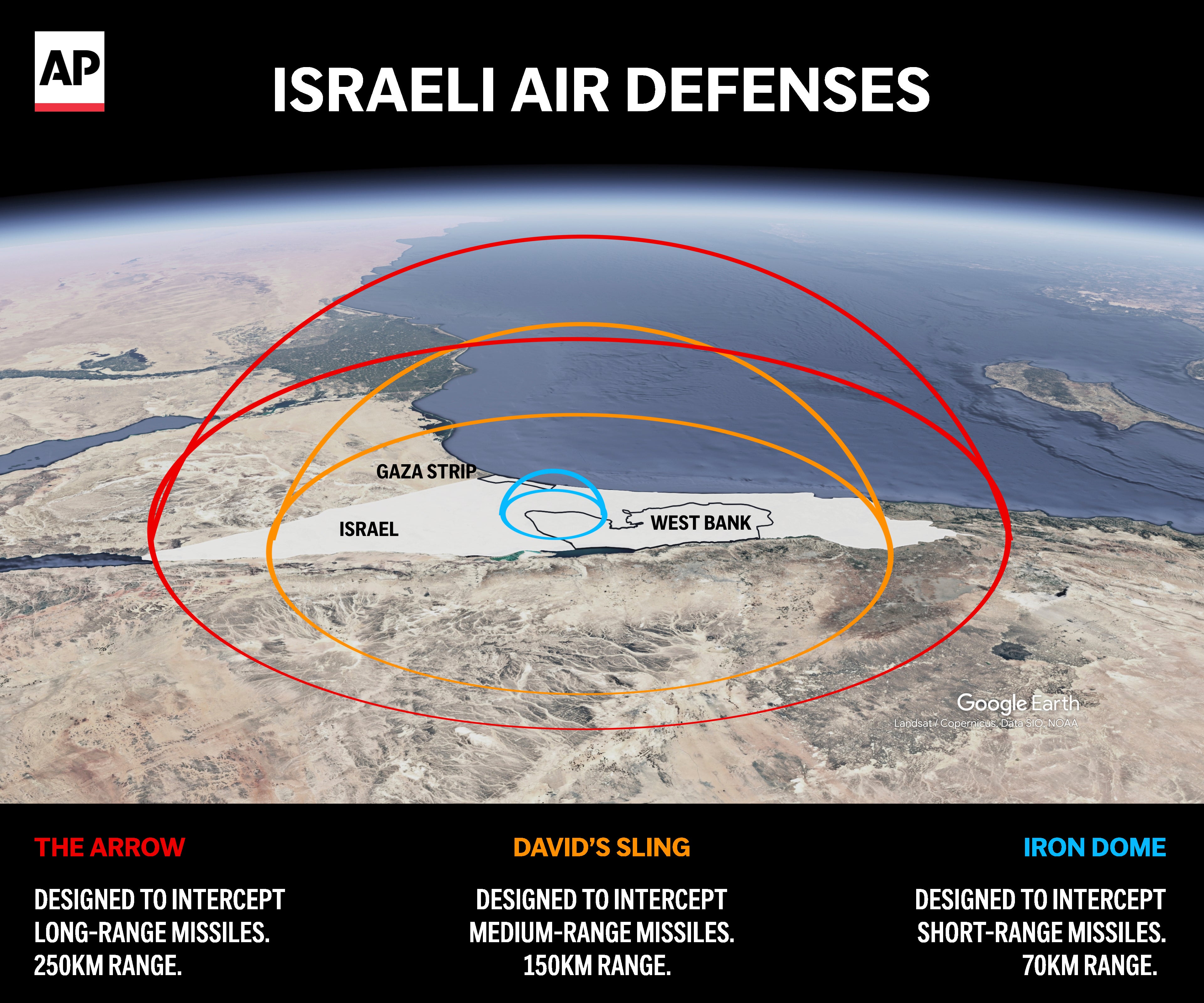
Arrow 2 is designed to destroy short-range and medium-range ballistic missiles while they are flying through the upper atmosphere, up to 50 km. They can detect missiles from 500 km away, though only shoot them down from within 100 km.
Its missiles travel at nine times the speed of sound and it can fire at up to 14 targets at once.
Arrow 3, first deployed in 2017, and is designed to intercept long-range ballistic missiles. It covers the longest-ranged targets up to 2,400 km away.
The Iranian ballistic missile attack earlier this month was intercepted primarily by these two systems.
What will THAAD do?
The Pentagon on Sunday announced the deployment of its Terminal High Altitude Area Defense (THAAD) to Israel.
The announcement followed a call between president Joe Biden and Israel’s prime minister Benjamin Netanyahu to discuss Israel’s retaliation against Iran’s 1 October attack when it fired nearly 200 missiles on Israel.
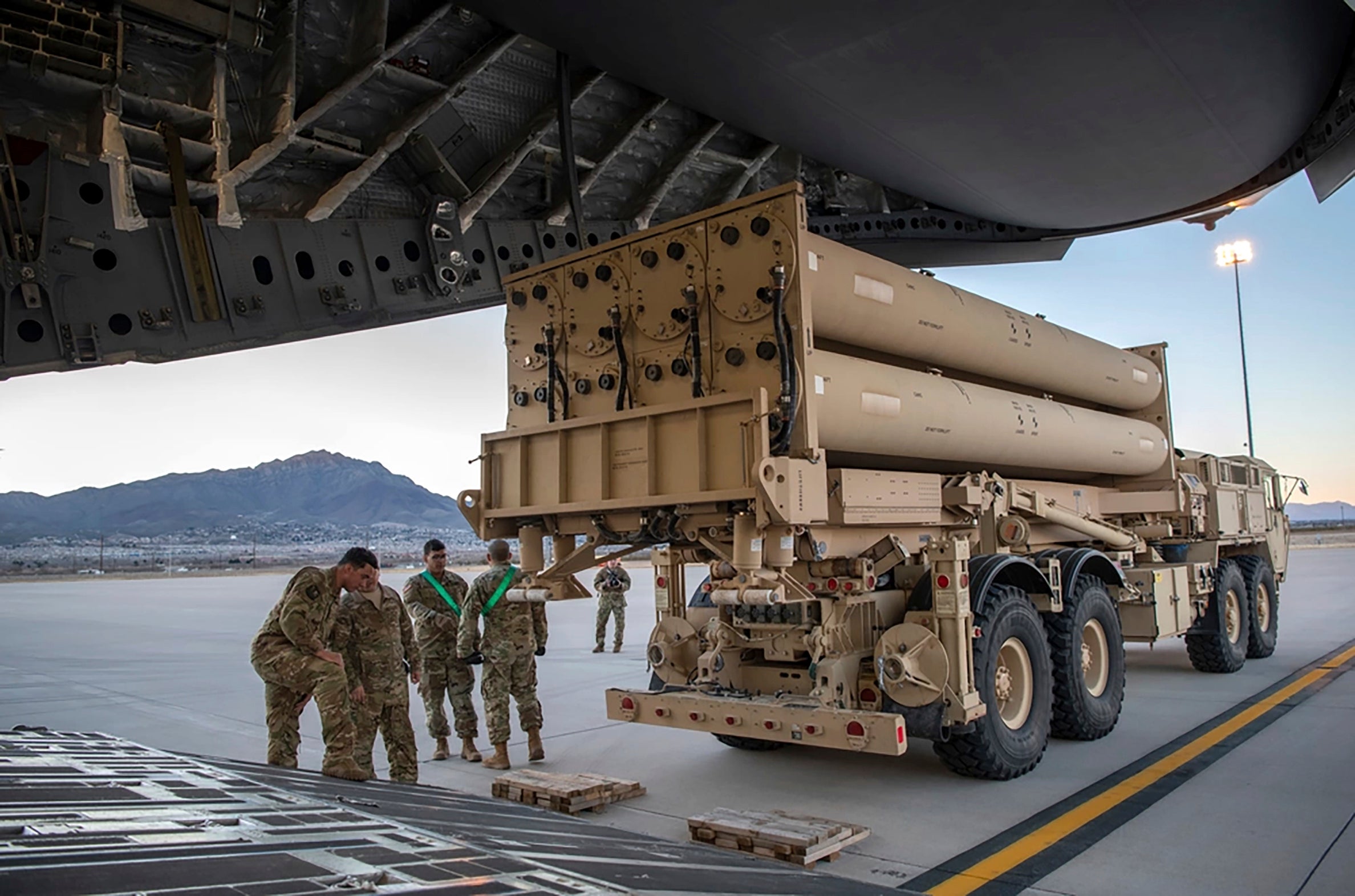
Mr Biden said the US was sending THAAD to “defend Israel” from further airstrikes, without providing information on when the system would be moved.
The THAAD is a critical part of the US military’s layered air defence systems, which usually require about 100 soldiers to operate.
The system would be operated by American troops in a departure from Israeli military policy, Bloomberg reported.
The system, made by America’s biggest arms maker Lockheed Martin, is designed to shoot down short, medium and intermediate-range missiles at high altitudes.
A THAAD battery consists of six truck-mounted launchers with eight interceptor missiles on each launcher and a powerful radar. Reloading each launcher takes about 30 minutes, according to reports.
While Israel’s air defences are among the most sophisticated in the world, Washington believes the likelihood of further Hezbollah and Iran, as well as Hamas, attacks necessitates additional support for Israel.
Is Israel running out of air defences?
In short, no. But the more attacks from Iran, Hezbollah, Hamas and the Houthis continue, the more strained supplies of air defences will become.
Israel does not disclose its stockpiles but some production lines have shifted to a 24 hour, seven day a week service to ensure potential shortages don’t affect their capacity to defend the country.
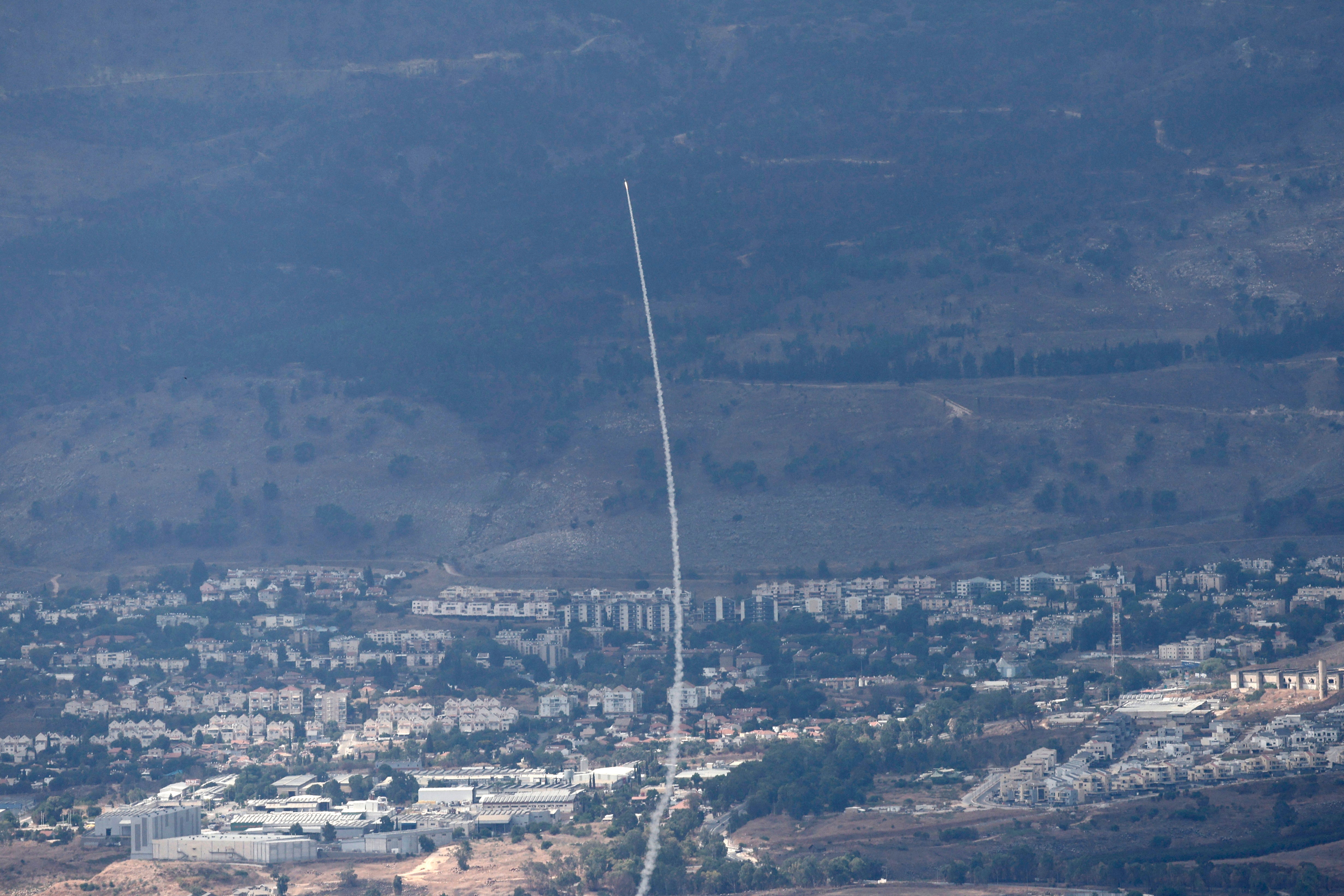
Recent casualties from aerial attacks have also underscored the need to keep air defences well-stocked.
On Sunday, a Hezbollah attack drone killed four Israeli soldiers at a military base in the centre of the country.
In July, a dozen children were killed when a Hezbollah rocket fired at short range hit the occupied Golan Heights.
While Iron Dome’s radar detected the launch, it did not release an interceptor missile to knock down the rocket, an Israeli military official, speaking on condition of anonymity because of the sensitivity of the matter, told Associated Press days later.
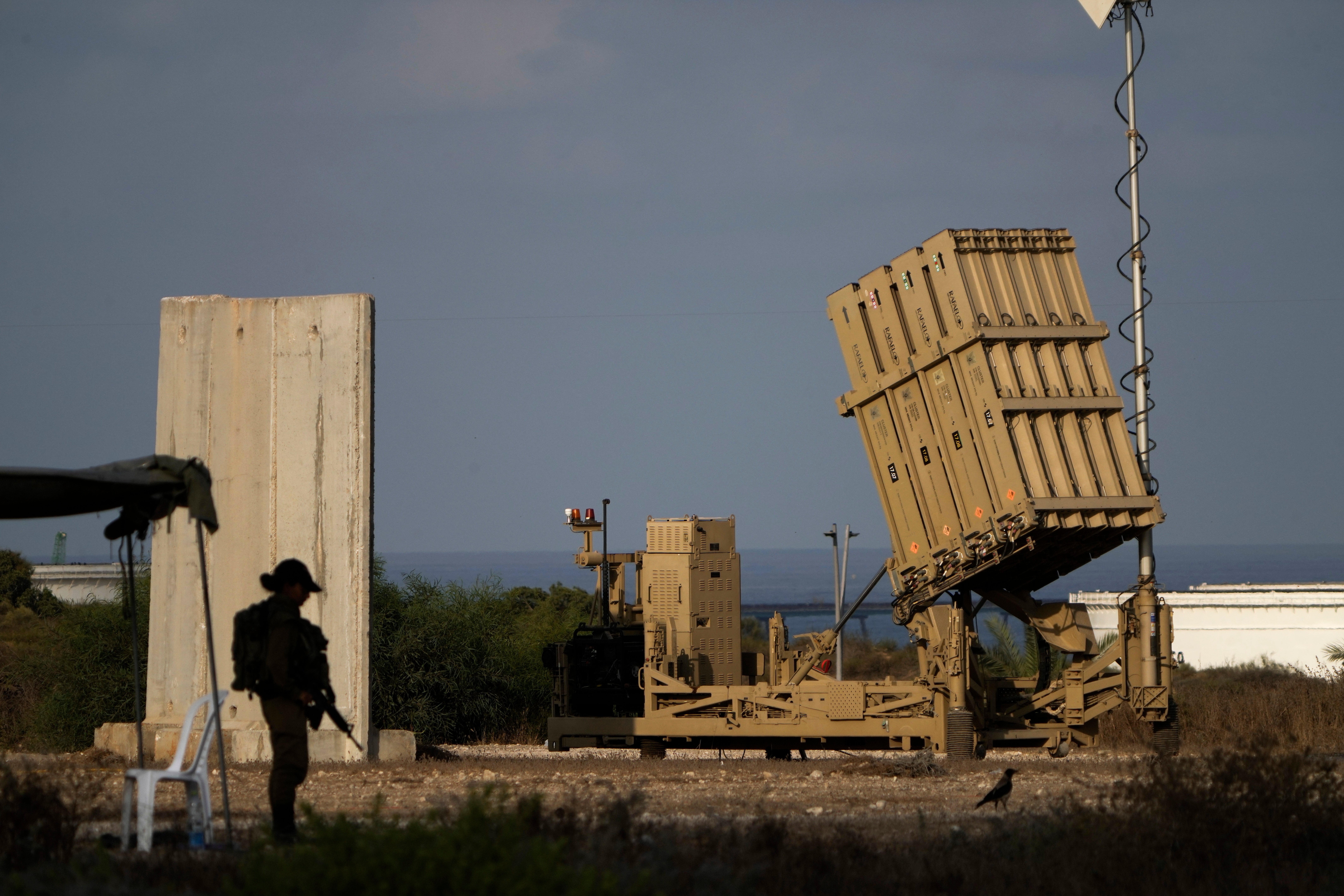
During Iran’s second aerial attack on 1 October, the majority of the missiles were downed but almost three dozen hit Israel’s Nevatim air base, according to open source intelligence analysts.
One missile also exploded less than a kilometre away from the headquarters of the Mossad, Israel’s foreign intelligence agency.
Join our commenting forum
Join thought-provoking conversations, follow other Independent readers and see their replies
Comments